Managing Assisted Living Expenses: A Budgeting Guide
Planning ahead for assisted living expenses is crucial to ensuring a smooth transition into senior care. Whether you’re preparing for yourself or a loved one, knowing how to manage costs can help reduce stress and provide peace of mind.
This guide will walk you through everything from fee structures to financial support resources, while also answering pressing questions like “Is assisted living tax deductible?” or “What’s the average cost of assisted living for a couple?” Let’s explore how you can take control of your budget, one informed step at a time.
Understanding Assisted Living Expenses in Depth
Identify common cost factors to effectively plan for assisted living expenses. These typically include room and board, care services, meals, and recreational amenities. The average cost of assisted living for a couple may run higher than individual rates, often because additional services or larger accommodations are needed.
Westmont of Chico and similar communities may use different pricing models—some offering all-inclusive plans and others using tiered systems that charge based on the level of care. To estimate your potential costs, use an assisted living cost calculator, such as AARP’s Care Cost Estimator, which provides breakdowns by location and care level.
California’s average cost of assisted living is typically higher than the national average. It can exceed $5,500/month, especially in urban areas with premium amenities. Factoring in these regional differences is vital when assessing your long-term affordability.
What Is Included in Assisted Living Costs?
Many people wonder, “What is included in assisted living costs?” The answer varies by provider, but typically includes:
- Housing and utilities
- Three daily meals and snacks
- Housekeeping and laundry
- Scheduled transportation
- Basic medical assistance (e.g., medication management)
- Social and recreational activities
These basic services form the foundation of most assisted living expenses. Still, additional costs can come from specialized care or optional services like salon treatments, off-site excursions, or physical therapy. You’ll also want to clarify whether the pricing is all-inclusive or if certain services incur extra fees.
Westmont of Chico clearly breaks down these costs. Here’s a breakdown of typical fee inclusions to help you compare.
Types of Fees in Assisted Living Facilities
Understanding the range of fees helps you plan with confidence. Below are the typical charges associated with assisted living expenses:
| Fee Type | Description |
| Upfront Fee | A reservation deposit, often non-refundable |
| Base Monthly Fee | Covers rent, meals, and housekeeping |
| Care Services Fee | Based on the assistance level for daily tasks |
| Ancillary Services Fee | Charges for therapy, personal care, etc. |
For more detailed insights into pricing structures, visit this guide.
Tools like an assisted living cost calculator can give you an initial idea of monthly fees based on your location and needs.
Financial Assistance Options for Seniors
With proper planning, there are several ways to manage or reduce assisted living expenses. Here are the key options:
- Medicaid. While not all facilities accept it, Medicaid can, depending on the state, cover some long-term care costs, including assisted living expenses.
- Veterans Benefits. VA Aid and Attendance benefits can significantly reduce the average cost of assisted living for a couple or veteran.
- Long-Term Care Insurance. This coverage often includes assisted living, but benefits and eligibility vary.
- Is assisted living tax-deductible? Sometimes. Some expenses may qualify for deductions if you or a dependent reside in an assisted living facility for medical reasons. Review IRS Publication 502 or consult a tax advisor for specifics.
Explore additional financial resources and talk to a professional to uncover all potential avenues for support. For more comprehensive planning advice, NerdWallet also offers a helpful overview.

Evaluating Continuing Care Retirement Communities (CCRCs)
For those seeking a full continuum of care in one location, CCRCs may offer value over time. These communities typically charge an entrance fee in addition to monthly fees. While initial costs may be higher, CCRCs often reduce the stress of relocating as care needs evolve.
Compare the average cost of assisted living in California CCRCs to standard facilities. Use an assisted living cost calculator to estimate your future monthly expenses within these settings. Some CCRCs bundle care into their fees, while others charge separately for each level.
This article explores different financial strategies for managing these unique communities.
Budgeting Tips for Assisted Living Expenses
Creating a comprehensive budget helps maintain control over your financial journey. Here’s how to plan:
Identify Every Cost
Break down all expenses—rent, care, food, and activities. If budgeting for two, include the average cost of assisted living for a couple for a more accurate picture.
Use Financial Tools
Track your spending and adjust monthly. A tool like AARP’s long-term care cost calculator is a great way to estimate assisted living expenses by region and care level.
Explore Your Funding Options
Whether it’s determining “Is assisted living tax deductible?” or searching for aid programs, do your research. Consult a financial advisor who understands elder care finance.
Match Lifestyle to Budget
Review what’s included in your facility of choice. Ask for a fee schedule and determine “What is included in assisted living costs?” so there are no surprises.
You can also explore insights into payment options, including Medicare, Medicaid, and private pay, to align your strategy.
Secure Peace of Mind With the Right Budget Strategy
Navigating assisted living expenses doesn’t have to be overwhelming. From understanding the average cost of assisted living in California to learning “Is assisted living tax deductible?”—taking proactive steps allows you to plan for both care and comfort.
Whether you’re budgeting with a partner or on your own, using an assisted living cost calculator, exploring what’s covered, and researching aid options can help you find the right balance between affordability and quality of life. At Westmont of Chico, our team is here to help guide you every step of the way.
Have more questions or want a personalized consultation? Call us at 530-767-3886 or schedule a Tour today.
How Do The Costs Of Moving Into A Quality Senior Care Community Compare With The Costs Of Staying At Home?Compare The Costs of Senior Living vs Staying at Home
Frequently Asked Questions
What is the largest source of reimbursement for assisted living?
The largest source of reimbursement for assisted living typically comes from private pay. This includes out-of-pocket payments from residents or their families, often through savings, pensions, or long-term care insurance. While some facilities accept Medicaid, it usually covers only specific services and in limited states. Medicare generally does not cover assisted living costs.
How is most assisted living care usually paid for?
Most assisted living care is paid for privately by the resident or their family members. Payment often comes from retirement savings, Social Security benefits, or long-term care insurance policies. In some states, Medicaid waiver programs may help cover certain services. However, these programs are not available at all facilities and usually have eligibility requirements.
Who is ultimately responsible for everything that happens in an assisted living facility?
The executive director or administrator of an assisted living facility is ultimately responsible for its operations. This includes ensuring the facility complies with regulations, maintains safety standards, and delivers quality care to residents. They oversee staff, manage budgets, and address any issues or complaints. In regulated states, they must also meet licensing and certification requirements.
What do most assisted living facilities provide?
Most assisted living facilities offer help with activities of daily living, such as bathing, dressing, medication management, and meals. They also provide social activities, housekeeping, and transportation services. Many facilities feature private or semi-private apartments with communal dining and recreation areas. The goal is to support independence while offering personalized care as needed.









